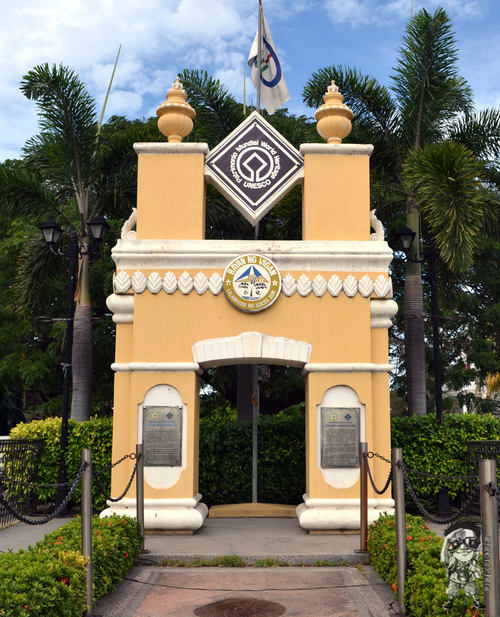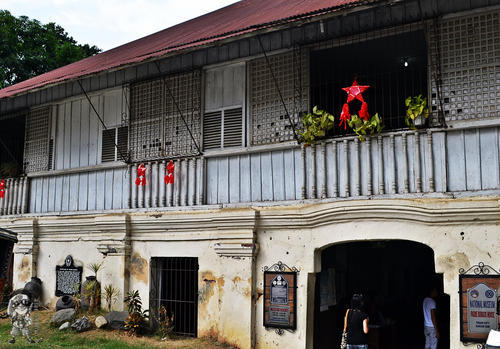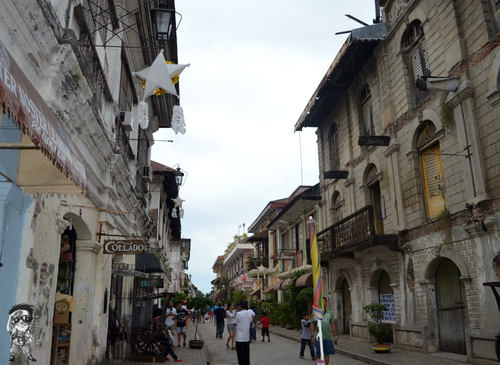Vigan, a city in the north which is 408 kilometers away from Manila, is the only city in the Philippines that was included in the UNESCO World Heritage List of Sites and Monuments. From the tourism guide of the city, entitled as “Amazing Heritage Treasures,” the best way to explore Vigan city is on foot since it is small and compact. You can also take a look at their attractions by riding a calesa at a chartered rate of PHP150 per hour per carriage. Because I am a budget traveler and an obedient kiddo, I tried exploring Vigan on foot by just trusting my navigation skills.
RELATED POST: Vigan Travel Guide, Places to See and Things to Do
My first stop was Plaza Burgos. The square was built in dedication to Father Jose Burgos, one of the “GomBurZa” who was killed in Bagumbayan on February 17, 1872. Adjacent to it is the Vigan Empanadaan, a place where people can enjoy the famous Vigan empanada and other Vigan delicacies such as “sinanglaw.”

North of Plaza Burgos is the Cathedral of Vigan, also known as the St. Paul Cathedral. The church was built in 1641 and became a cathedral when the seat of the Diocese of Nueva Segovia was transferred from Lal-lo, Cagayan to Vigan in 1758. At the side of the cathedral across the road is the Site of Diocese of Nueva Segovia.

Nearby is the Plaza Salcedo which showcases the world heritage sites inscribed by UNESCO such as Vigan Heritage Village, the four baroque churches: Sta. Maria Church of Ilocos Sur, Miag-ao Church of Iloilo, Paoay Church of Ilocos Norte, and San Agustin Church of Intramuros together with the Rice Terraces of the Cordilleras, the Tubbataha Reef Marine Park and the Puerto Princesa Subterranean River in Palawan. The plaza was on renovation that time and hopefully the Philippine map diorama will be maintained since grasses were already grown in the area making it jumbled.

Walking through Burgos St., you can pass by the chain of fastfood stores such as McDonalds, Jollibee and Chowking which were required to build their structures with the concept of the “old houses”. In line with them are the Vigan City Hall and the landmark of UNESCO World Heritage. It was stated that the Historic Town of Vigan was inscribed to UNESCO list because of two reasons: (i) it represents a unique fusion of Asian building design and construction with European colonial architecture and planning; and (ii) it is exceptionally intact and well-preserved example of a European trading town in East and Southeast Asia.

Next destination was the Burgos Museum, the birthplace of priest and martyr Jose Apolonio Burgos. This Vigan museum is under the administration of the National Museum which is open on Tuesdays to Sundays (closed on Mondays and Holidays) 8:30AM – 11:30AM and 1:30PM to 4:30PM. An entrance fee of 20 pesos is being collected. Not that far from Burgos Museum is the Provincial Capitol of Ilocos Sur.








